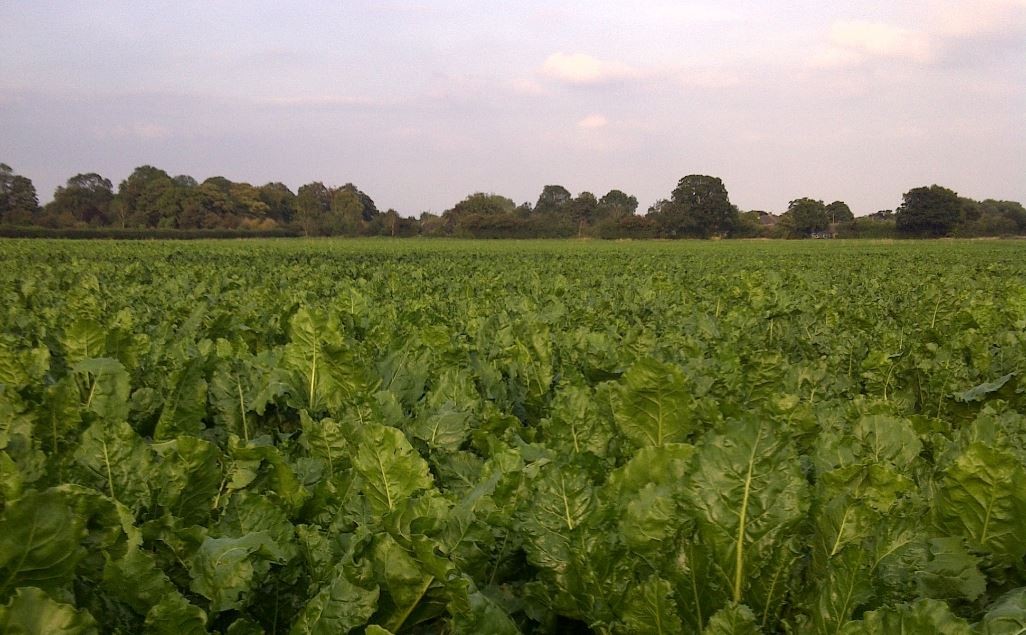What to do now as we approach the beet lifting season?
Crop differences
Planting of the 2018 beet crop was delayed by wet soils, with most crops going into the ground in April. Ironically, what happened next was then dependent on whether or not the seedbed had sufficient moisture for establishment.
Some crops had good levels of moisture and warmth to set a good plant stand and grow away quickly to cover the ground. Conversely, the establishment of many others was impacted by dry seedbeds, followed quickly by the onset of the summer drought. This difference was exacerbated when the sustained period of unusually high temperatures hit.
As we now approach lifting season, British Sugar has assessed the results of their usual pre-harvest yield digs and has decided to amend factory opening dates:
- Newark - 2nd October
- Wissington and Bury - 26th September
- Cantley - 10th October
Clearly, this highlights that a significant area of beet needs more growing time, especially in the North and the East of the growing area.
Lifting dates
It is a well known fact that late lifting increases yield but, given the disparities between crops, what should be considered when deciding which to lift first?
- From a purely practical point of view, it is currently not physically possible to lift crops on much land – at least not without incurring big losses – until we have had significant rain to soften soils.
- Crops where yield has been limited due to the season may have high sugars and possibly high impurities if nitrogen was taken up very late. Quality might be improved by delaying the lifting of these crops until soil moisture increases.
- When thinking about lifting order, the main point to remember is that the crops with the highest yield currently will also add the most yield if lifted late. Therefore, where at all possible, leaving the best crops to be lifted last will maximise the amount of beet delivered to factory.
Late season disease control
Late season disease limits yield gained from late lifting. British Beet Research Organisation (BBRO) trials have clearly shown how disease re-establishes as the effect of each fungicide spray wears off through the season.
The fungicide programmes we commonly apply keep disease out of crops lifted into early winter. However, if the decision is made to leave crops in the ground further into winter, disease control has to be extended by applying an additional fungicide. See the BBRO trial results below.
Yield responses to fungicide programmes where crops are late lifted, BBRO 2017
In 2018, if you are leaving crop in the ground for longer than usual to maximise tonnage, adjust fungicide programmes accordingly to ensure you do not lose yield.
For much advice or technical information related to any of the above, please get in touch with us here.
As a subscriber, you’ll receive email alerts each time a new blog is published so you can always stay updated with the latest advice and insights from our experts





Comments